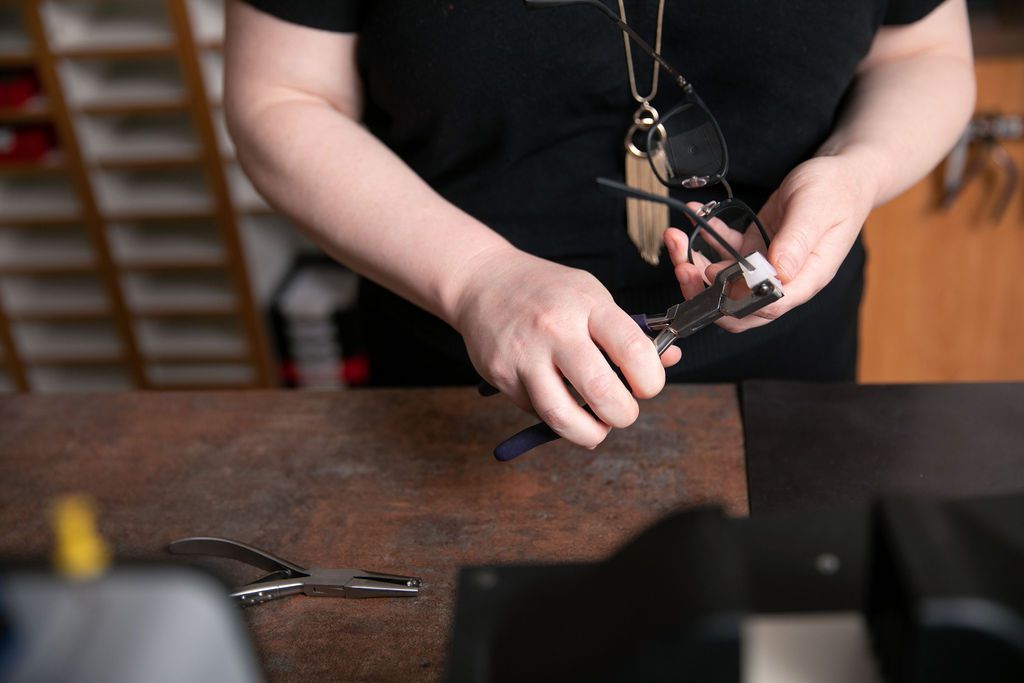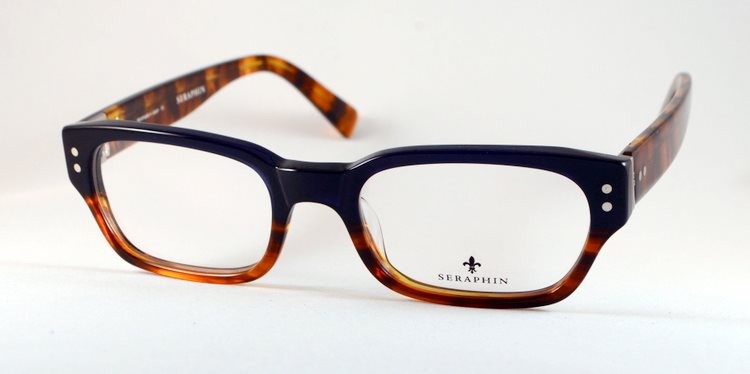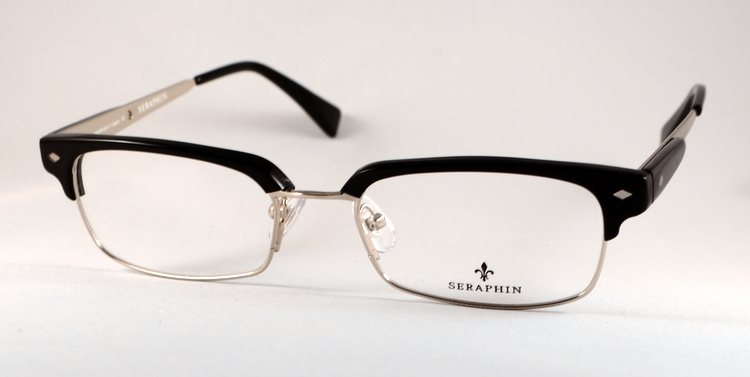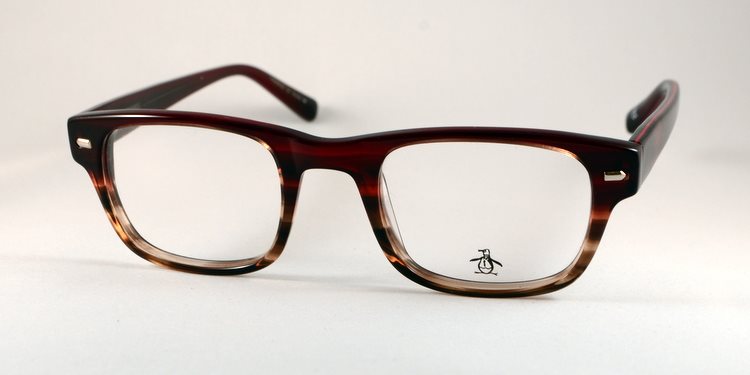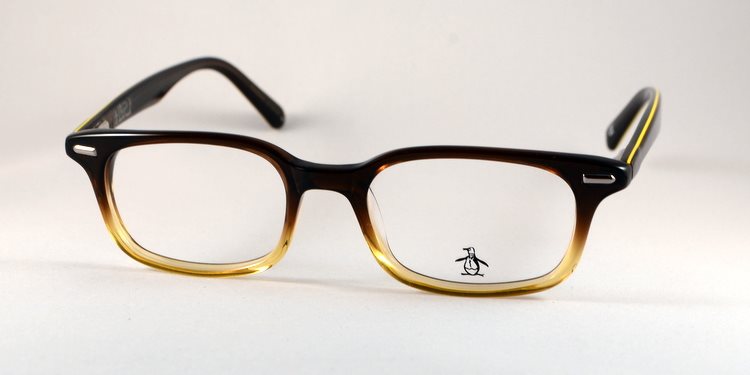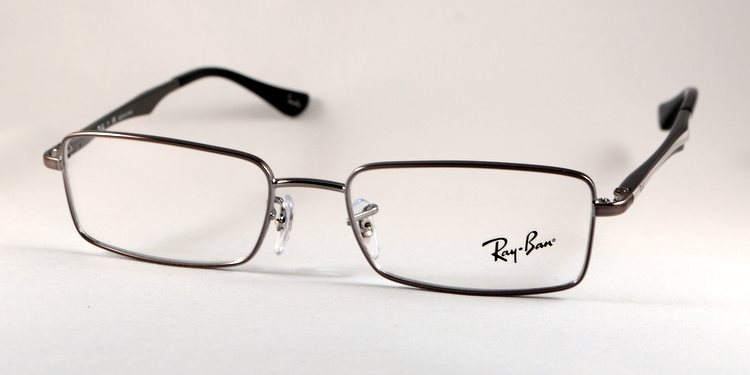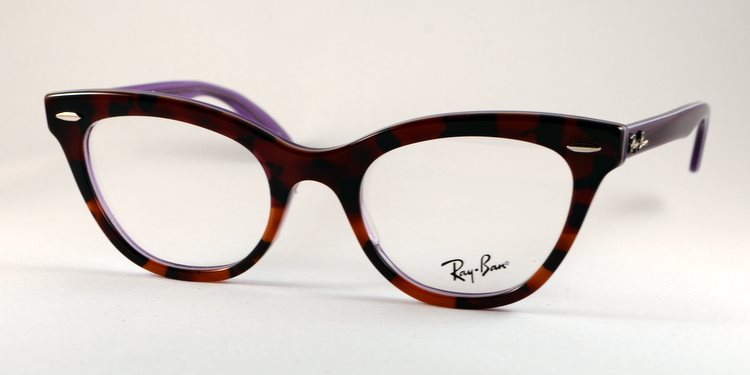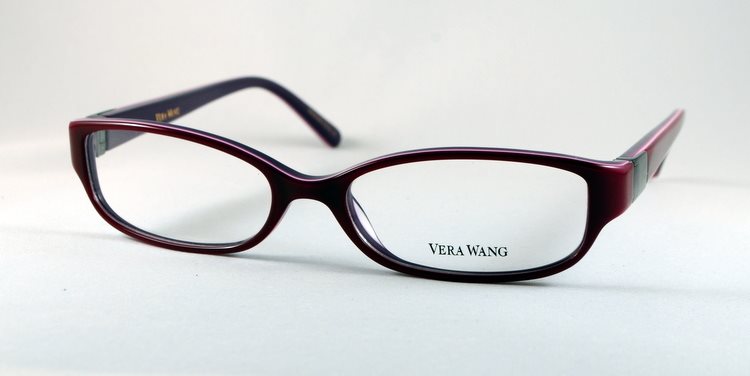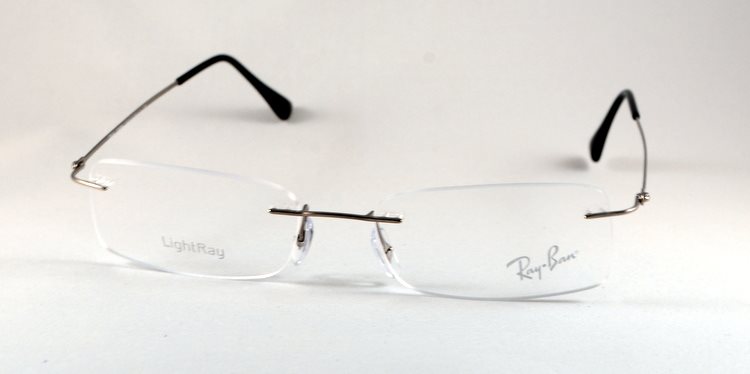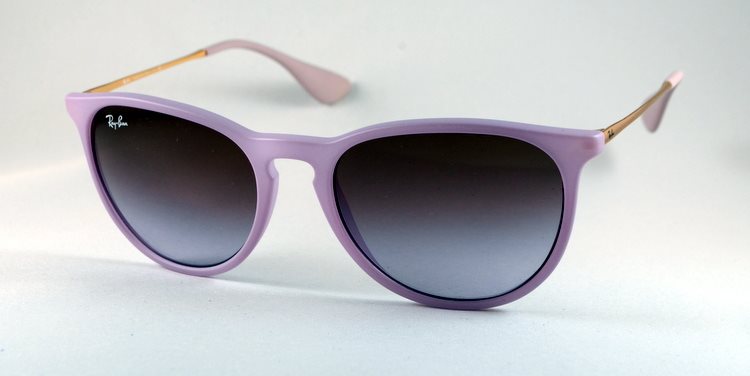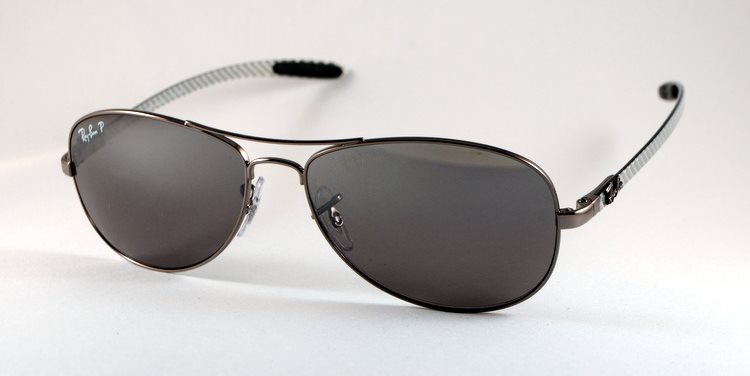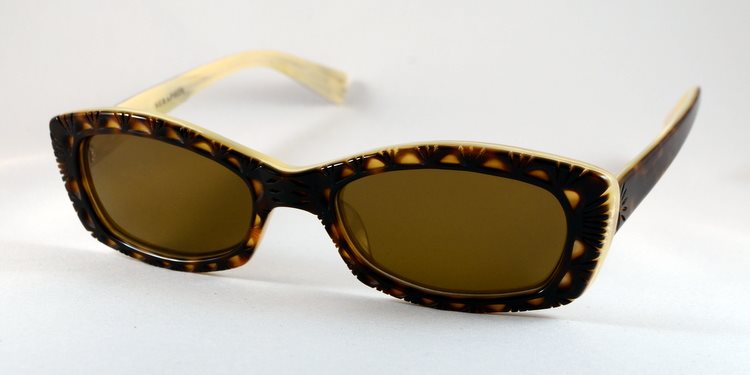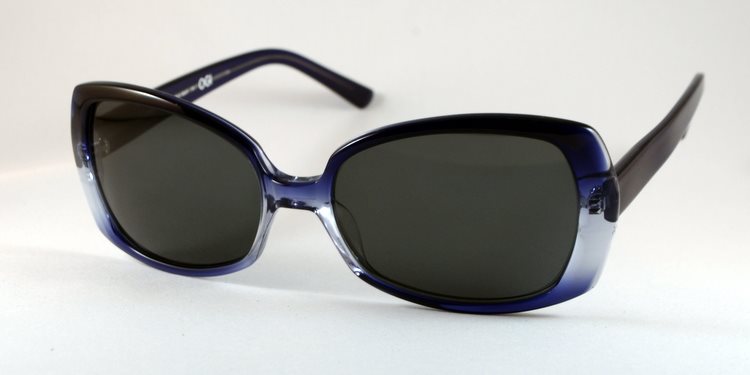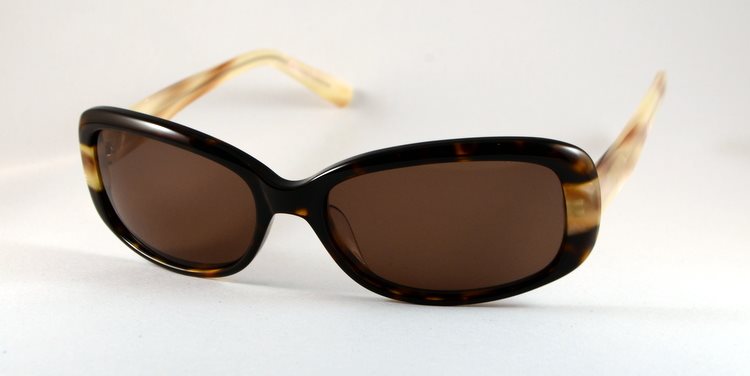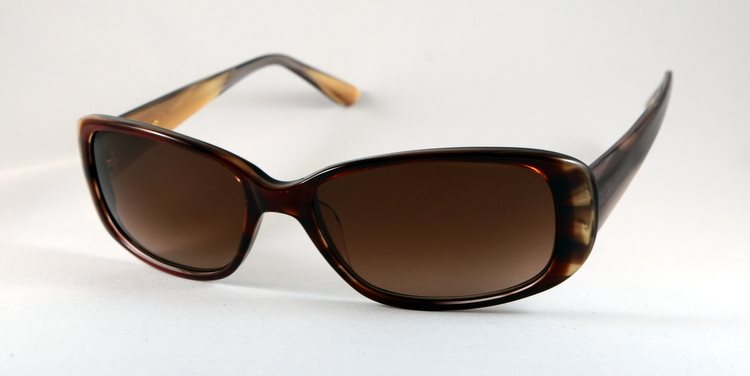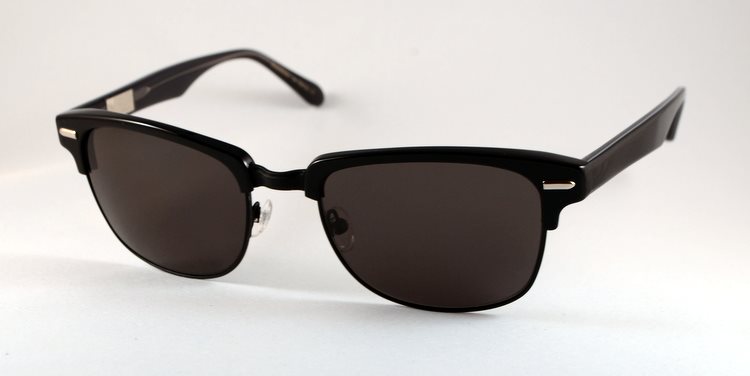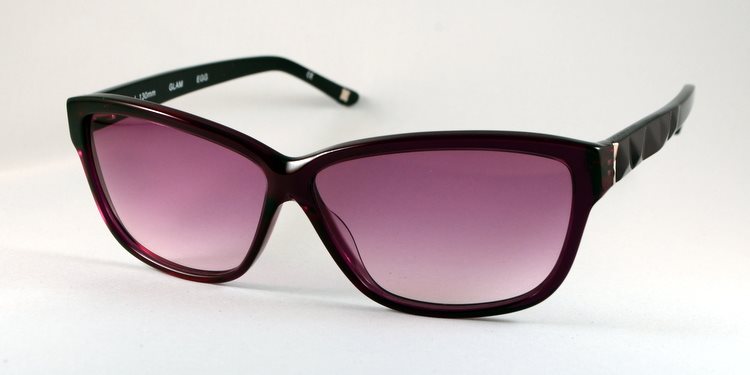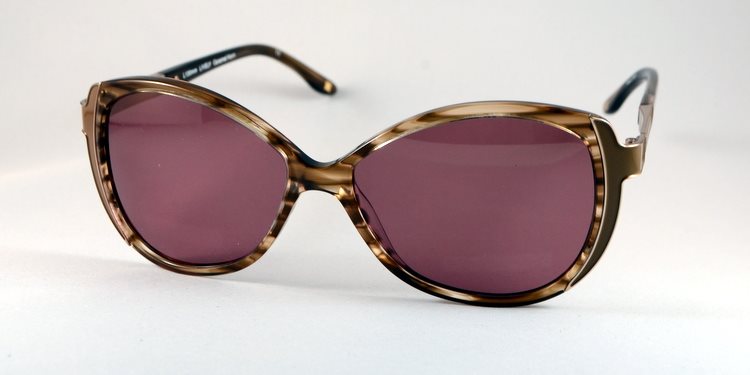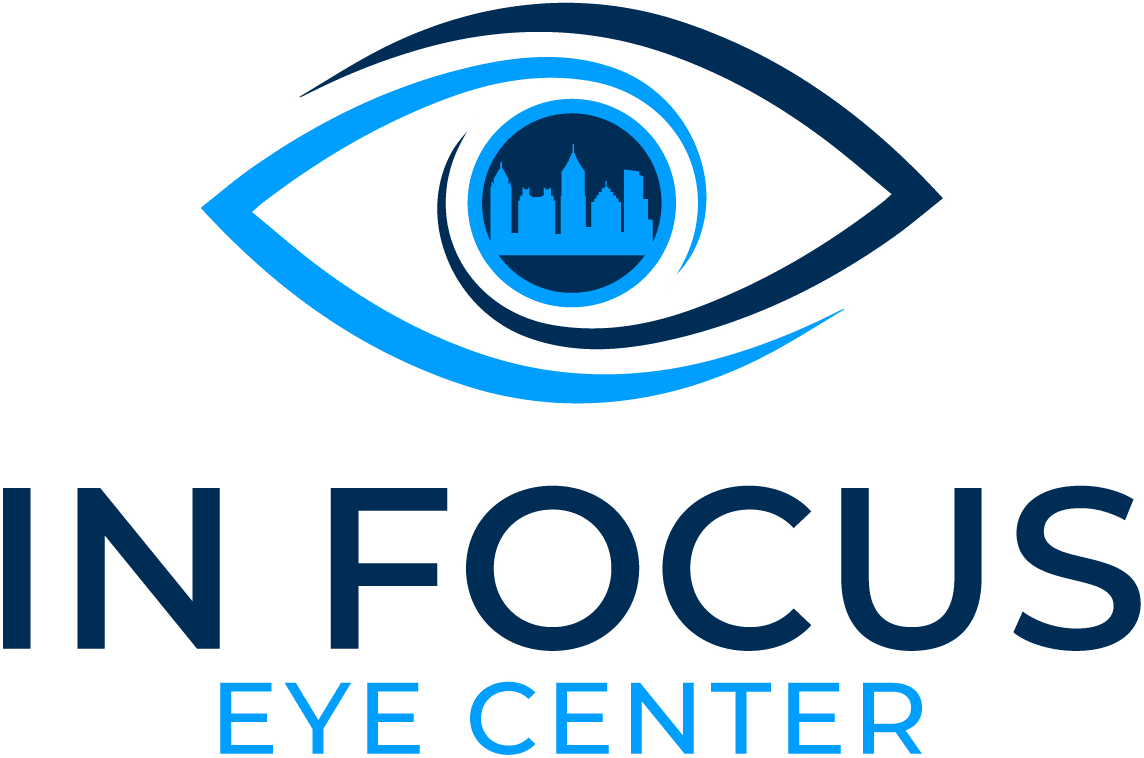FRAMES
The eyewear collection at In Focus Eye Center has been hand-selected for patients who have high standards and great taste. The pieces we've chosen have a creative and fashionable edge while maintaining an everyday-wear sensibility.
SUNGLASSES
Having ultra violet protection for your eyes is as important as sun screen for your skin. The best sunglasses are the ones that pull double duty by protecting your eyes and helping you look your best.
OPTHALMIC LENSES
Glasses lenses are a technology based item with new products and improvements being introduced all the time. At In Focus Eye Center we make suggestions based on the needs of your lifestyle.
CONTACT LENSES
Contact lenses do not need to make your eyes tired, dry or irritated. Many people make the assumption that these symptoms are the price of wearing contact lenses, when in fact contacts that fit well tend to be comfortable from morning to night.


